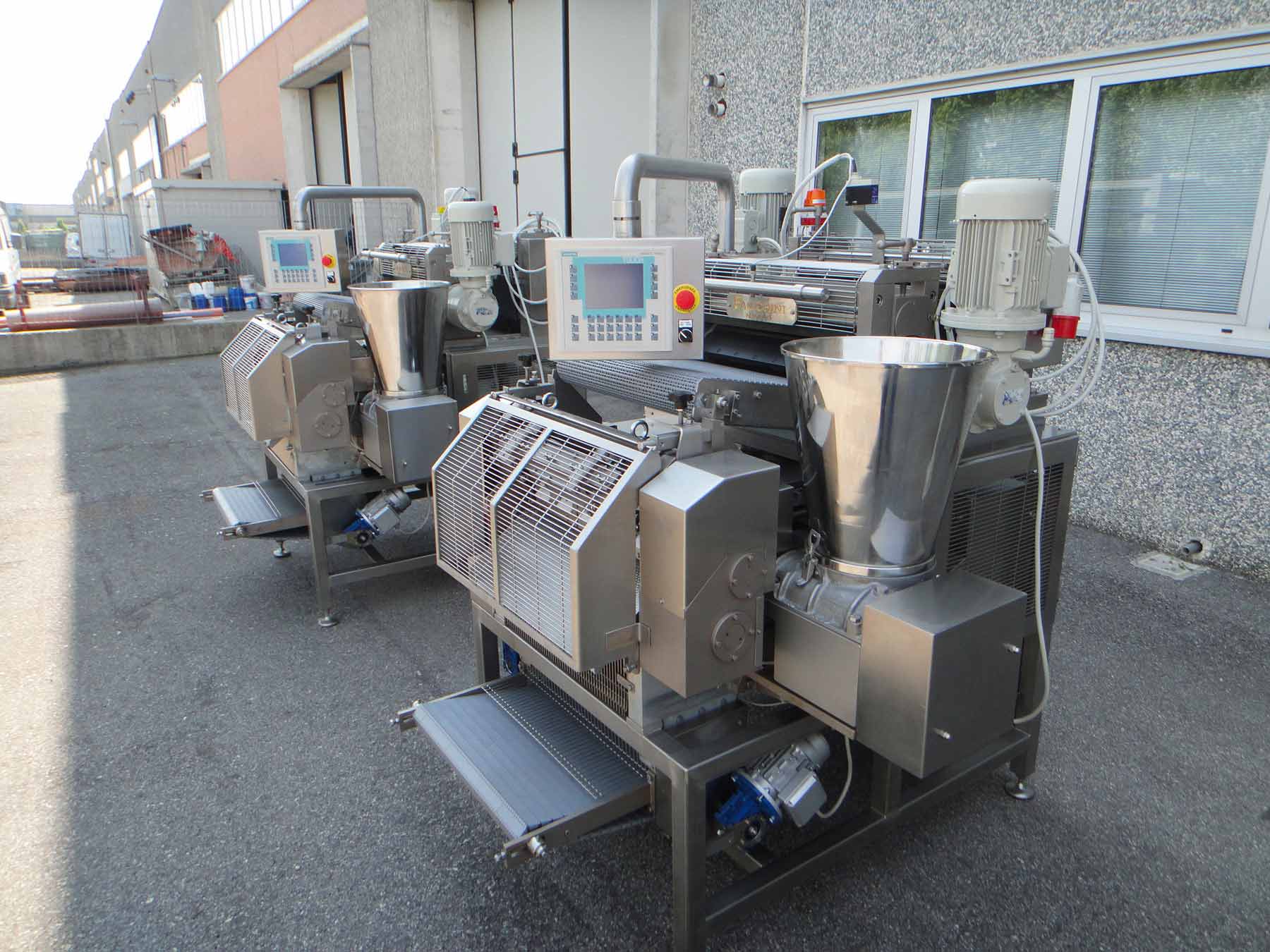In the world of software development, JUnit testing serves as an important factor in ensuring code quality, code reliability, and overall code confidence. From simple unit tests to complex integration tests, it helps to find bugs sooner, confirm functionality, and maintain a healthy and functional codebase.
Whether you’re just starting out and looking to improve beyond the basics or you’re already a seasoned developer looking to improve your JUnit testing, this guide will discuss key concepts, best practices, and some simple tips that can help improve your software testing.
Why JUnit Testing is Essential?
Before we discuss advanced patterns, we should understand why JUnit is so important for developers first. JUnit makes testing not only straightforward but also seamless with Continuous Integration, automated builds, and Test-Driven Development. It is the most widely used framework for testing in Java.
Testing with JUnit on a regular basis detects faults early on, enhances modularity of the code, and provides live documentation via executable tests. In addition to that, it also guards against regressions by ensuring that new changes will not damage any functionalities that existed prior to them.
Nonetheless, as projects get larger and more complicated, simple testing methods may result in weak tests with inadequate coverage. To get past this problem, one must understand how to use advanced testing techniques effectively.
Unit Testing: Going Beyond the Basics
Understanding Unit Testing’s Role
Unit testing is all about verifying the small components of an app, like individual methods or classes, in isolation. This isolation makes sure every unit behaves as expected, regardless of the state of other parts of the system.
Basic unit tests tend to check basic inputs and outputs, but advanced unit tests are about making tests more stable, even as the system evolves, as well as testing edge cases or unexpected inputs.
When mastering advanced JUnit patterns—spanning unit, integration, and API testing—you’ll want seamless execution across real environments. LambdaTest elevates your JUnit testing by providing a remote test lab of 3,000+ real browser-OS combinations.
Run your JUnit scripts in parallel to dramatically reduce execution time, effortlessly debug issues with detailed logs and full video playback, and maintain cloud-based test orchestration—all without maintaining infrastructure
Advanced Patterns for Unit Testing
Test Setup Optimization
Optimizing the test setup creates less duplication and less complexity. Applying lifecycle hooks effectively gives better performance and readability by setting up shared resources at least once, or by always re-initializing state before each test.
Mocking and Stubbing
Mocks allow simulating other dependencies and defining how they behave. By mocking the dependency, they isolate the unit under test. Understanding when to use mocks instead of stubs or fakes will also help keep tests meaningful without becoming overly complex.
Parameterized Tests
The power of parameterized testing is that you can use the same test logic on different test data to save effort and ensure robustness. Parameterized testing patterns offer a way to have greater coverage without writing duplicate tests.
Behavior Driven Development (BDD) Style
Writing tests that express expected behavior instead of technical details makes tests easier to understand and maintain. Clear naming conventions and logical grouping improve test readability.
Integration Testing: Bridging Components and Systems
What is Integration Testing?
Integration testing assesses multiple units, like one or more modules or components, to ensure their interactions are working as designed.
Interaction could be between modules in your application or with external systems like databases and messaging services.
While unit tests verify individual components, integration tests simulate real-life workflows and data flows, catching issues related to communication and data handling.
Challenges in Integration Testing
Integration tests can be more complex due to dependencies on external resources and slower execution times. It is crucial to design integration tests that are reliable, maintainable, and fast enough to run regularly.
Advanced Patterns in Integration Testing
- Test Containers and Environment Isolation: One approach to isolation is to run containerized environments or virtual machines. This can ensure that integration tests occur within the expected and consistent environments.
- Data Management Strategies: If you set the data state before you begin your tests and clean up your data afterwards, then flaky tests can be minimized. Some options for managing data beforehand include transactional rollbacks or snapshot restoring existing data, setting you up for success with clean data states.
- Service Virtualization: In cases where an external dependency is unstable or unusable, service virtualization allows a virtual mock to simulate the service, allowing integration testing to commence without interference or delays caused by third-party service issues.
- Layered Testing Approach: Consider breaking down integration tests into smaller layers of integration tests to isolate failures and speed up debugging.
API Testing: Ensuring Robust Interfaces
Applications today rely heavily on APIs to drive communication between the front end, the back end, and any third-party integrations or APIs. API testing validates that these interfaces behave correctly under different scenarios and that contracts between services are honored.
Considerations when testing APIs
API tests must address any logical flows with concerns of managing authentication, authorization, validation of data, error handling, and performance testing internally or externally. Moreover, there is a necessity to check the proper use of APIs in regard to compliance with the protocols and data formats such as JSON or XML.
Advanced Patterns for API Testing
- Contract Testing: Testing whether the API adheres to the contract established between producers and users prevents integration failure. Contract testing can detect breaking changes early in the development cycle.
- Automated API Regression Testing: Maintaining a suite of automated API tests that run on every code change enables the prevention of any regressions from creeping into the API’s experience.
- Mocking External APIs: For APIs that depend on external services, mocking or simulating these APIs during testing avoids issues related to availability, cost, or rate limits.
- Security and Load Testing: Testing for API security vulnerabilities, such as injections or authentication bypass, is essential. In order to confirm performance under pressure, load testing simulates several simultaneous requests.
- API Test Data Management: Test data should always be cleaned up after successful test execution so that subsequent tests are not dependent upon existing data. Test data must be managed (created, updated, and cleaned) to ensure the tests are consistent.
Integrating JUnit Testing with Modern Development Practices
Continuous Integration and Continuous Deployment (CI/CD)
By incorporating JUnit testing into CI/CD pipelines, all code commits will be tested automatically. Developers will get feedback instantly within their IDE, which will reduce the cognitive load, speed up the overall workflow, and allow everyone to keep learning constantly as they keep interacting with the testing framework.
Test-Driven Development (TDD)
JUnit allows developers to employ Test-Driven Development (TDD), which is writing tests even before you write any code. This practice leads to understanding requirements clearly, helps in designing the software, and ensures good coverage.
Behavior-Driven Development (BDD)
JUnit can even be used with BDD-style frameworks to write human-readable test scenarios. These help collaboration between developers, QA engineers, and stakeholders and ensure tests are clearly related to user requirements.
Overcoming Common Pitfalls in Advanced JUnit Testing
Even developers with substantial experience can struggle as the number of tests increases within a test suite. Common problems include:
- Over-Mocking: Don’t over-mock; if possible, use real implementations.
- Fragile Tests: Write tests that are loosely coupled with clear interfaces.
- Slow Tests: Run tests in parallel and separate large tests from small tests.
- Maintenance: As code changes, periodically refactor your tests.
- Disorganized Tests: Keep your tests organized through naming, grouping, and documentation.
Use of a Remote Test Lab in JUnit Testing
In some testing cases, like integrations and APIs, access to a remote test lab can be very helpful. A remote test lab is defined as an environment in which devices, systems or configurations can be accessed remotely for testing.
Teams can use a remote test lab to:
- Run tests against a combination of hardware, operating systems, or different network conditions without too much maintenance of physical configurations.
- Implement distributed testing, where integration or API tests can be run in parallel with varied environments.
- More closely simulate the real-world conditions around latency, concurrent operations, and inter-service communications.
Enabling JUnit testing to integrate with remote test labs will improve the depth, correctness, and relevance to a usage case
Best Practices to Master JUnit Testing
- Testing with Purpose and Consistency: Conduct testing early in the development lifecycle and invest your time into writing tests that are meaningful and high quality, rather than simply ensuring you have tests that provide you good coverage.
- Optimize and Automate Environments: Use simple tools such as containers and remote test labs to imitate real environments and run your tests as part of a CI/CD pipeline in order to get quick and reliable feedback on your testing.
- Keep Evolving: Review your tests regularly and improve them, keep useful documentation, and continue to learn the latest JUnit testing features and practices in order to grow and adapt.
Conclusion
Using JUnit effectively means more than writing test cases—it also means using many other more advanced patterns and techniques to address the complexity of modern software systems. This complexity can include low-level unit tests, which help verify very specific behavior, from more complex tests such as integrations and API tests to scenarios that mimic real-world interaction with the system at a higher level and across multiple layers of functionality.
Using tools like remote test labs significantly strengthens your JUnit testing by enabling tests across diverse environments, helping you uncover hidden issues.
By mastering advanced JUnit testing techniques, you improve software quality and simplify development, allowing faster, more reliable releases with greater confidence.










